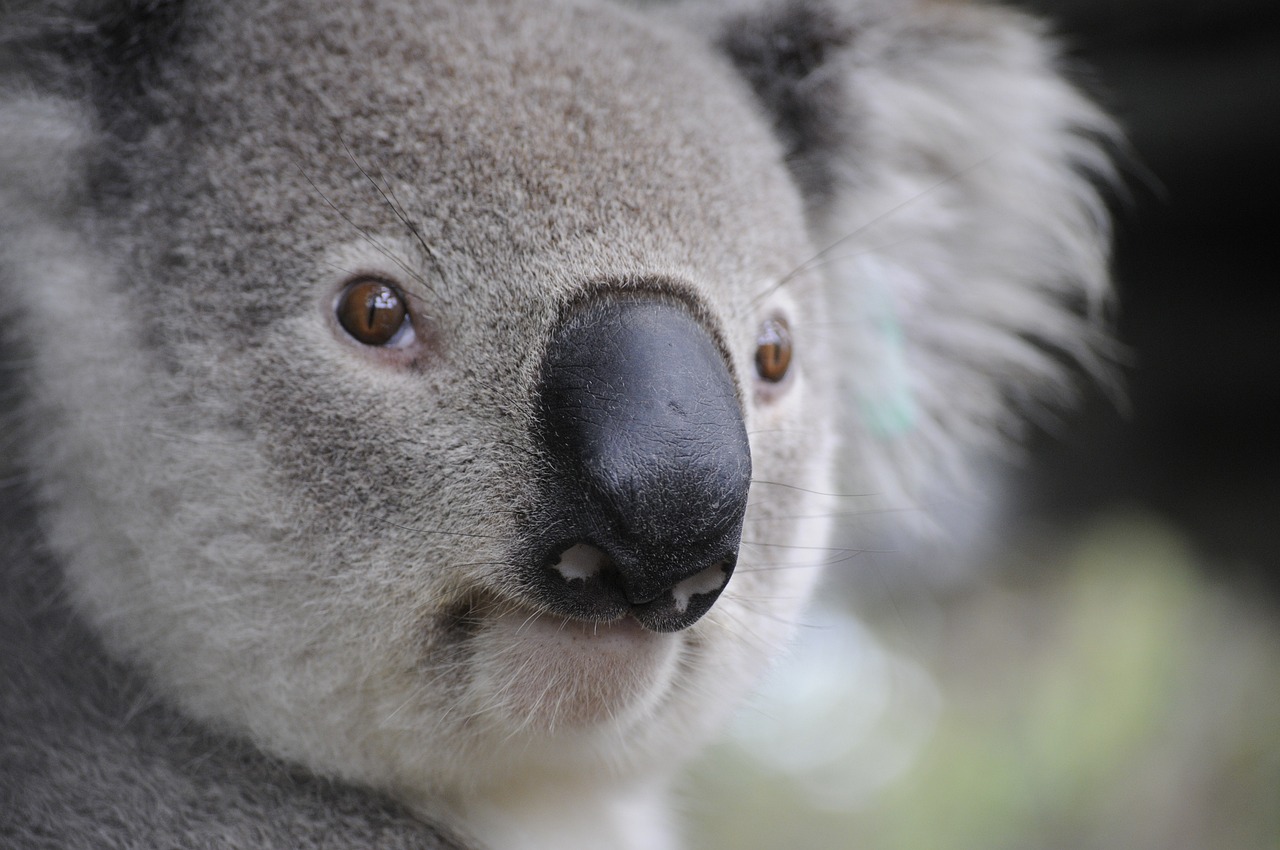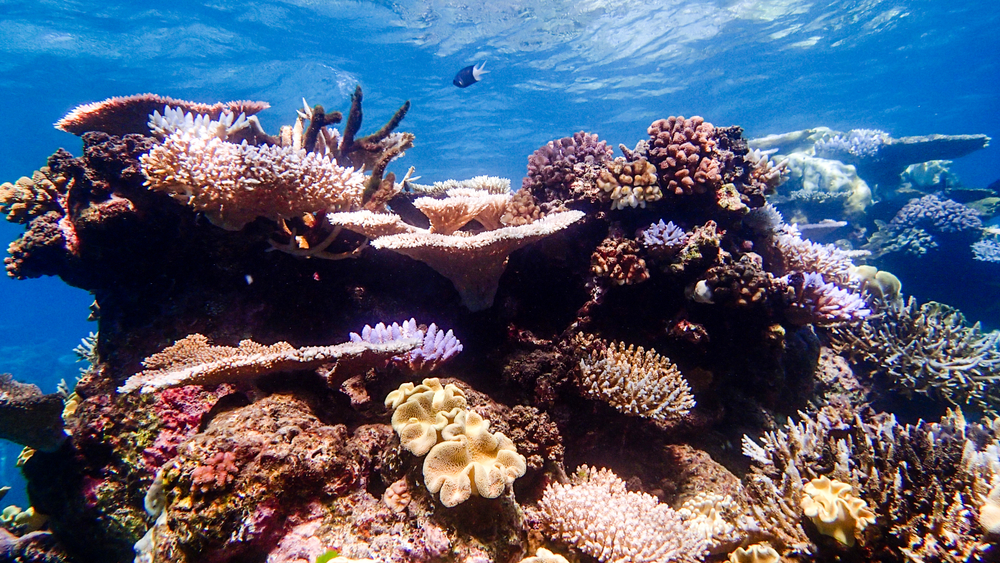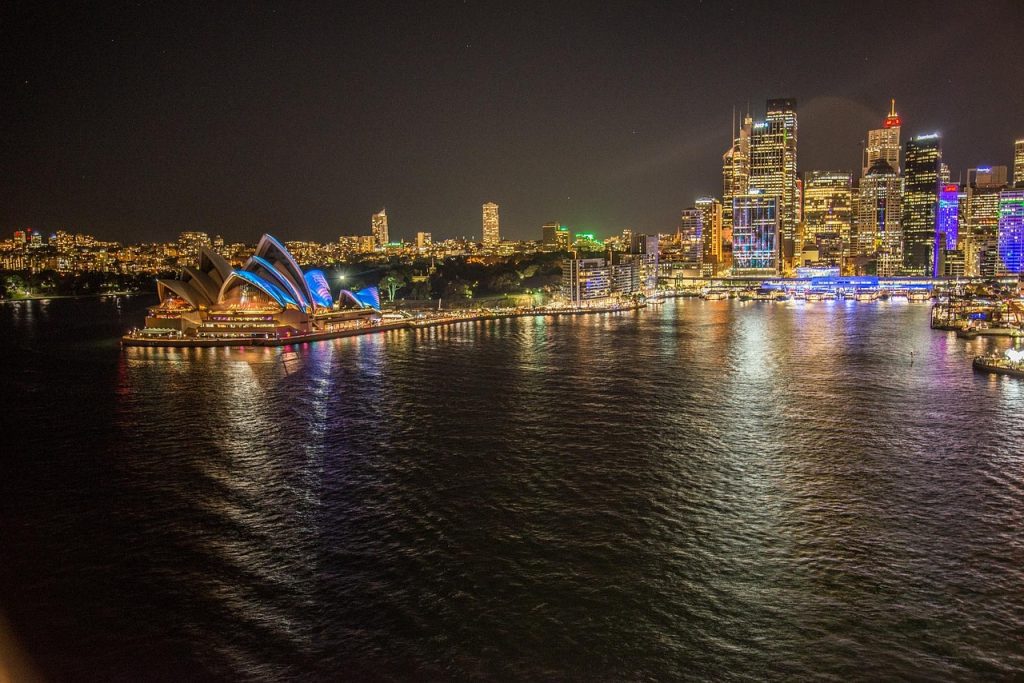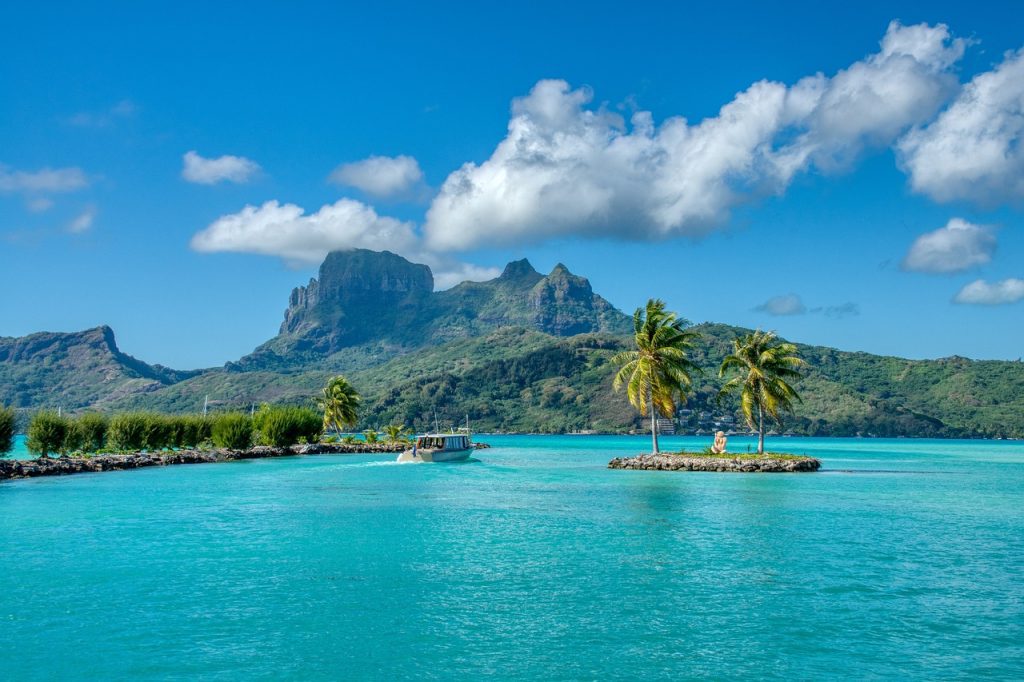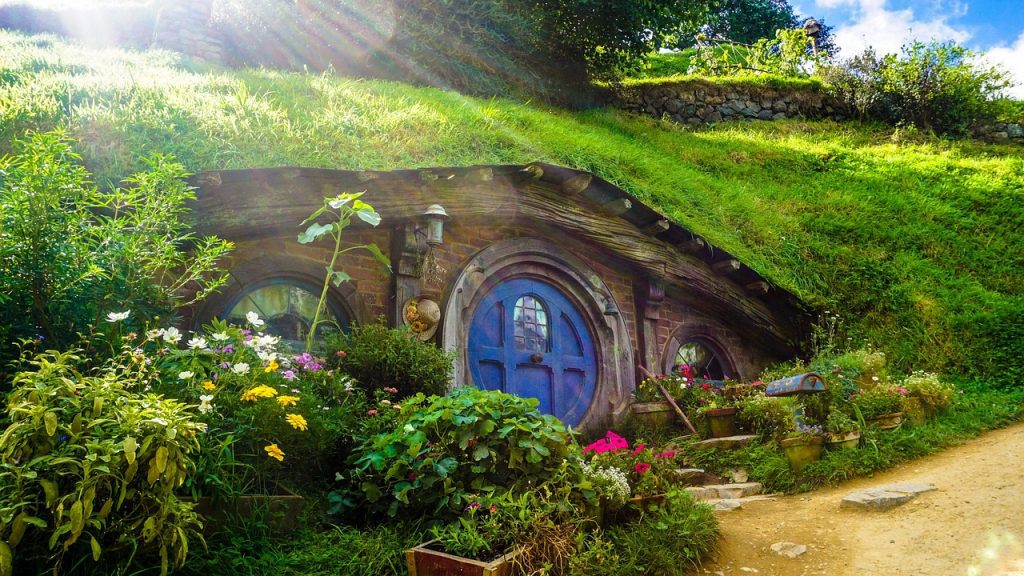Australia, a land of diverse landscapes and unique wildlife, offers travelers a myriad of experiences to choose from. But determining the best time to visit Australia to explore this captivating country requires careful consideration of various factors.
There are many things to consider when planning an adventure exploring Australia. Whether considering the weather or the crowds, let’s explore some important things to consider when contemplating the best time to go to Australia.
Visiting Australia based on the Weather
Australia’s climate varies across its regions, making the choice of when to visit crucial. For those seeking pleasant temperatures and fewer rain showers, the months of April to September are ideal. During this time, you can enjoy the moderate climate of the southern regions, as well as the tropical wonders of the north.
Australia’s vast size and diverse geography result in a wide range of climates and seasonal variations. Here’s a description of the seasonal weather in Australia by region:
1. Northern Australia (Queensland, Northern Territory, and Western Australia):
- Tropical Climate:
- Summer (December to February):
- Summer temperatures range from 77°F (25°C) to 95°F (35°C) or higher.
- This region experiences a wet season with heavy rainfall and occasional tropical cyclones, making it humid and sometimes challenging for travel.
- Winter (June to August):
- Winter in the north is warm, with temperatures ranging from 68°F (20°C) to 86°F (30°C).
- This is the dry season, offering pleasant weather and lower humidity. Many would describe this as the best time to visit Australia, particularly in the wilderness.
- Summer (December to February):
2. Eastern Australia (New South Wales, Victoria, and southern Queensland):
- Temperate Climate:
- Summer (December to February):
- Fahrenheit: Summer temperatures range from 68°F (20°C) to 95°F (35°C).
- Summers can be hot, with occasional heatwaves and bushfires. If you are doing beach or ocean activities, this is a good time to come explore the country.
- Winter (June to August):
- Winters in this region are cooler, with temperatures ranging from 50°F (10°C) to 68°F (20°C).
- Winters are mild, and this is a popular time for outdoor activities like biking and hiking in the wilderness.
- Summer (December to February):
3. Southern Australia (South Australia, Western Australia, and Tasmania):
- Mediterranean Climate:
- Summer (December to February):
- Summer temperatures range from 68°F (20°C) to 95°F (35°C).
- Summers are warm and dry, with some regions experiencing extremely hot days.
- Winter (June to August):
- Winters in southern Australia are cooler, with temperatures ranging from 50°F (10°C) to 68°F (20°C).
- Winters are mild, and this is a popular time for wine regions and outdoor activities.
- Summer (December to February):
4. Central Australia (The Outback):
- Desert Climate:
- Extreme Temperatures:
- Central Australia can experience extreme temperatures, with summer highs often exceeding 104°F (40°C) and winter nighttime lows dropping to 32°F (0°C) or lower.
- Plan for plenty of hydration if you are exploring the outback during these summer months.
- Rainfall Variability:
- Rainfall in the Outback is highly variable, and some areas can go for extended periods without significant rainfall.
- Extreme Temperatures:
5. Western Australia (Perth and surrounding areas):
- Mediterranean Climate:
- Western Australia experiences a Mediterranean climate similar to southern Australia, with hot, dry summers and mild winters.
Avoiding Extreme Weather:
- Bushfires: Bushfires are a significant concern, especially during the hot and dry summer months in various parts of Australia. Travelers should stay informed about fire warnings and advisories.
- Cyclones: Northern Australia can be affected by tropical cyclones during the wet season, leading to flooding and travel disruptions. Avoid travel to cyclone-prone areas during this time.
In summary, the best time to visit Australia depends on your destination and preferences. Coastal regions and southern Australia are generally pleasant year-round, with spring and autumn often considered the best times to travel. The extreme heat of the Outback and the wet season in the north can make travel less comfortable and should be avoided by some travelers. Always check local weather conditions and advisories before planning your trip.
Visiting Australia based on the Crowds
To relish Australia’s treasures without the crowds, consider planning your visit during the shoulder seasons ofApril to May and September to October. These months offer a more relaxed atmosphere, allowing you to appreciate iconic landmarks and local gems with fewer tourists around.
May or September might be the best months to visit the iconic Uluru or other wilderness areas like Kakadu National Park.
Discover Australia’s Cultural Experiences
Immersing yourself in Australian culture is a highlight of any visit. Attend local festivals, savor indigenous cuisine, and embrace the warmth of Australian hospitality. Events like Sydney’s Vivid Festival in May/June and Melbourne’s Moomba Festival in March offer authentic glimpses into the country’s vibrant traditions.
Australia hosts a range of annual cultural events that showcase its rich heritage, diverse traditions, and vibrant arts scene. Here are some notable cultural events that take place annually across the country:
- Sydney Festival: Held in January, the Sydney Festival is a celebration of the arts featuring a diverse program of music, theater, dance, visual arts, and more. The festival includes both free and ticketed events and transforms the city into a vibrant cultural hub.
- Melbourne International Comedy Festival: Taking place from March to April, this festival is one of the largest comedy festivals in the world. It features a lineup of local and international comedians performing stand-up, sketch shows, and other comedic acts.
- Vivid Sydney: Running in May and June, Vivid Sydney is an annual light, music, and ideas festival that transforms Sydney’s iconic landmarks with dazzling light installations and projections. It also includes music performances and discussions on various topics.
- Dark Mofo: Held in June in Hobart, Tasmania, Dark Mofo is a winter festival that explores the themes of darkness and light through art, music, and performance. It features a variety of unique and often provocative events.
- NAIDOC Week: Celebrated in the first full week of July, NAIDOC Week is a nationwide observance that honors the culture, history, and achievements of Indigenous Australians. It includes cultural events, art exhibitions, workshops, and community gatherings.
- Melbourne International Film Festival (MIFF): Taking place in August, MIFF is one of the oldest film festivals in the world. It showcases a diverse selection of international and Australian films, documentaries, and short films.
- Royal Melbourne Show: Held in September, the Royal Melbourne Show is a large agricultural show featuring livestock displays, carnival rides, live entertainment, and various attractions. It’s a celebration of rural life and entertainment for all ages.
- Adelaide Fringe Festival: Running from February to March, the Adelaide Fringe Festival is an open-access arts festival that features a wide range of performances, including comedy, theater, music, and visual arts.
- Melbourne Cup Carnival: Taking place in November, the Melbourne Cup Carnival is a renowned horse racing event that includes the iconic Melbourne Cup race. It’s also an opportunity for fashion and entertainment, attracting both racing enthusiasts and social revelers.
- Woodford Folk Festival: Held from December to January, the Woodford Folk Festival is a multi-disciplinary arts and cultural festival set in a picturesque woodland environment. It features live music, workshops, talks, arts and crafts, and much more.
These annual cultural events provide an excellent opportunity to immerse yourself in Australia’s diverse cultural scene and engage with its local communities. Be sure to research the event dates and locations to align your visit with these enriching and entertaining experiences.
Exploring Australia’s Wilderness & Nature Experiences
Australia’s diverse landscapes are a haven for nature enthusiasts. If you’re keen on exploring the Great Barrier Reef, consider visiting between June and October when water visibility is optimal. For wildlife encounters, May to September are prime months, as many animals are active during the cooler weather.
Other Important Considerations:
- Fire & Flood Seasons: Depending on the region, Australia experiences fire and flood seasons that can impact travel plans. Stay informed about the conditions and travel advisories.
- Local Wildlife: Be aware of the presence of wildlife, especially in rural and natural areas. Research local animals and their behaviors for safe interactions.
Conclusion
The land “down under” is often a coveted destination because of unique wilderness experiences like in the outback of Kakadu National Park, snorkeling or diving the Great Barrier Reef, or hiking some of the hundreds of national parks sprawled across this amazing country.
The cooler weather during the months of June through August are prime for clearer waters at the Great Barrier Reef and when the animals tend to be more active making this the targeted season for wilderness adventures. The best time to visit Australia for experiencing the outdoors is during this timeframe.
Cultural experiences need to be directed to more specific months that align with the cultural activity of interest. Plan your travels when those events and activities are scheduled.
Photo Credits:
Image by Angelo Giordano from Pixabay

